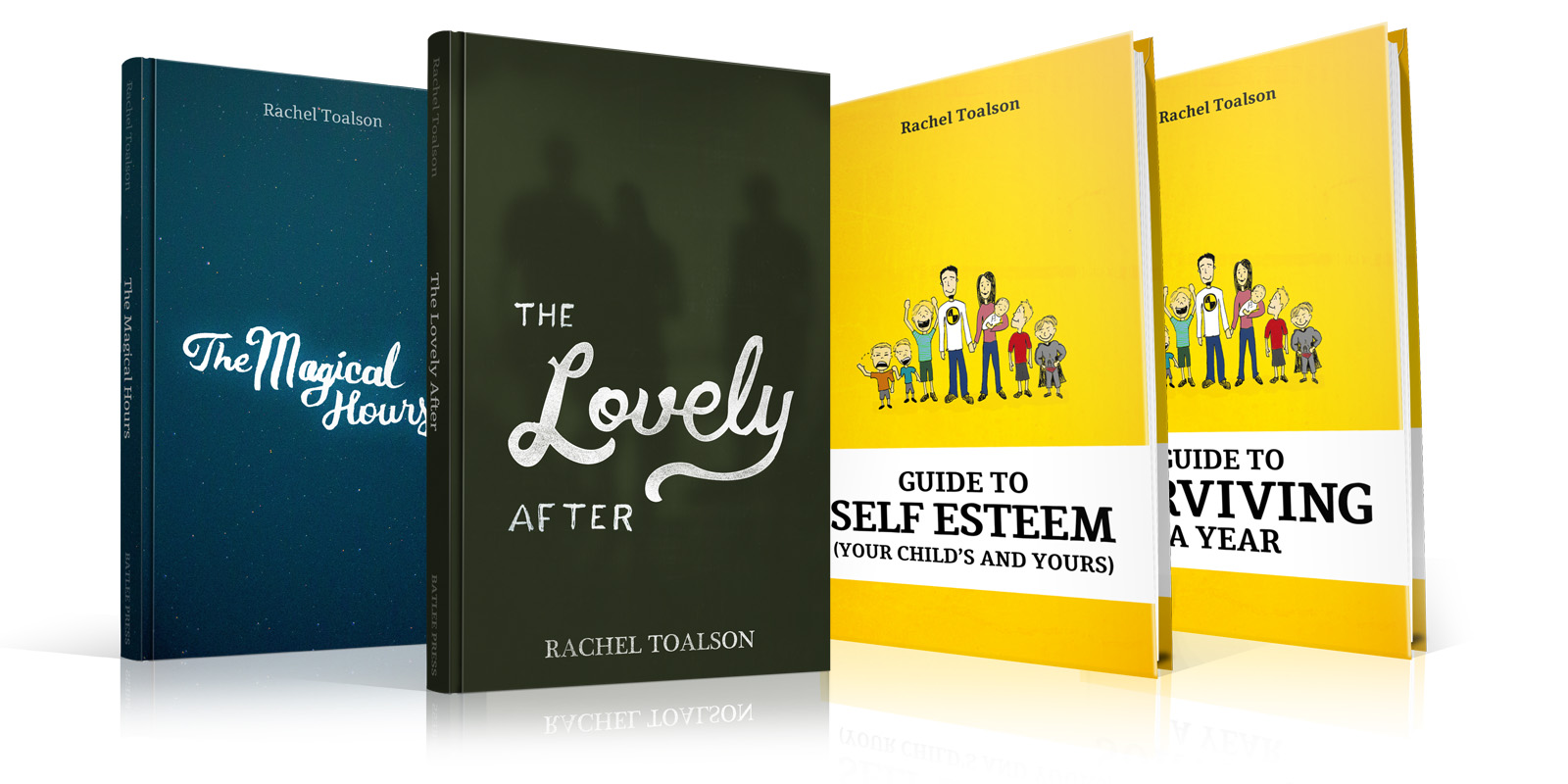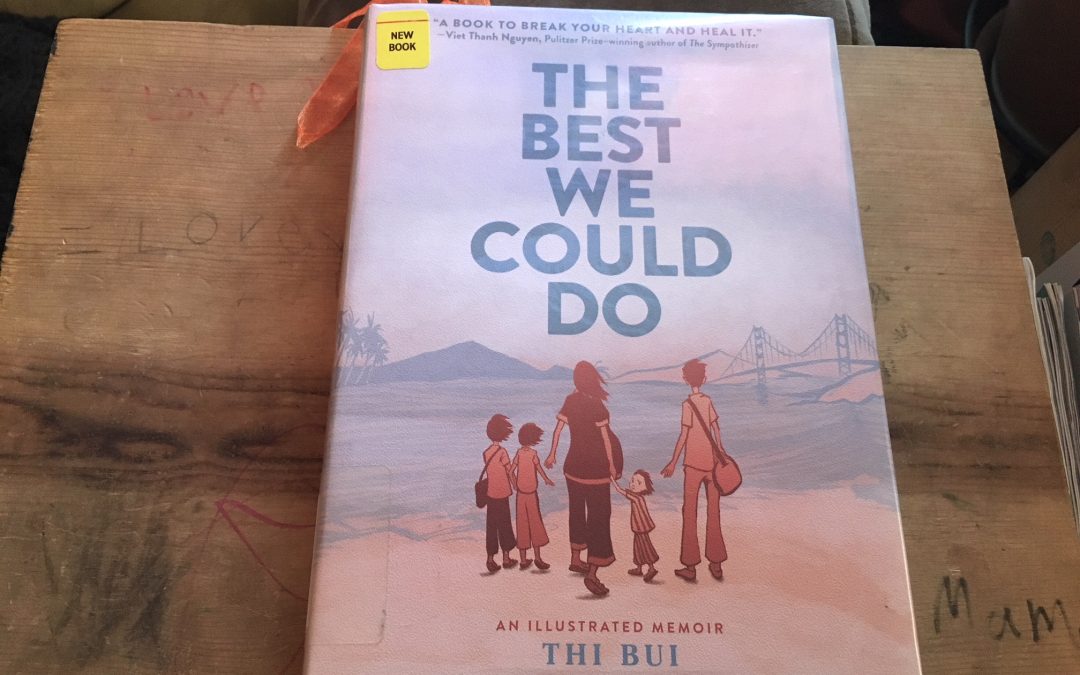
by Rachel Toalson | Books
Recently I read a memoir that was completely different from any other memoir I’d ever read; it was a memoir written like a graphic model.
Thi Bui’s The Best We Could Do is an illustrated memoir that examines her relationship with her mother and father, both immigrants from South Vietnam. It was lovely, engaging, and unique.
Here are three things I enjoyed most about it:
- The history. This book detailed a little-known history of the Vietnam War: that of mothers and fathers and families. In sharing her parents’ beginnings, Bui shed light on where her parents came from and how that shaped who they were.
- The sentiment. It was embodied in the title: the best we could do. Bui acknowledged that her parents made mistakes in raising her and her siblings, but she wrote from the perspective of a parent herself, a perspective that said she understood their mistakes, forgave them, and appreciated who she had become because of them.
- The pictures. This was the first time I had read an illustrated memoir, and I really enjoyed it. Bui provided the right balance between pictures and text, and it made for a fantastic and fast read.
I am so glad I picked up this book, and I’m hoping that Bui will do more books like it.
The above is an affiliate link. I only recommend books that I personally enjoy. I actually don’t even talk about the books I don’t enjoy, because I’d rather forget I ever wasted time reading them. But if you’re ever curious whether I’ve read a book and whether I liked or disliked it, don’t hesitate to ask.
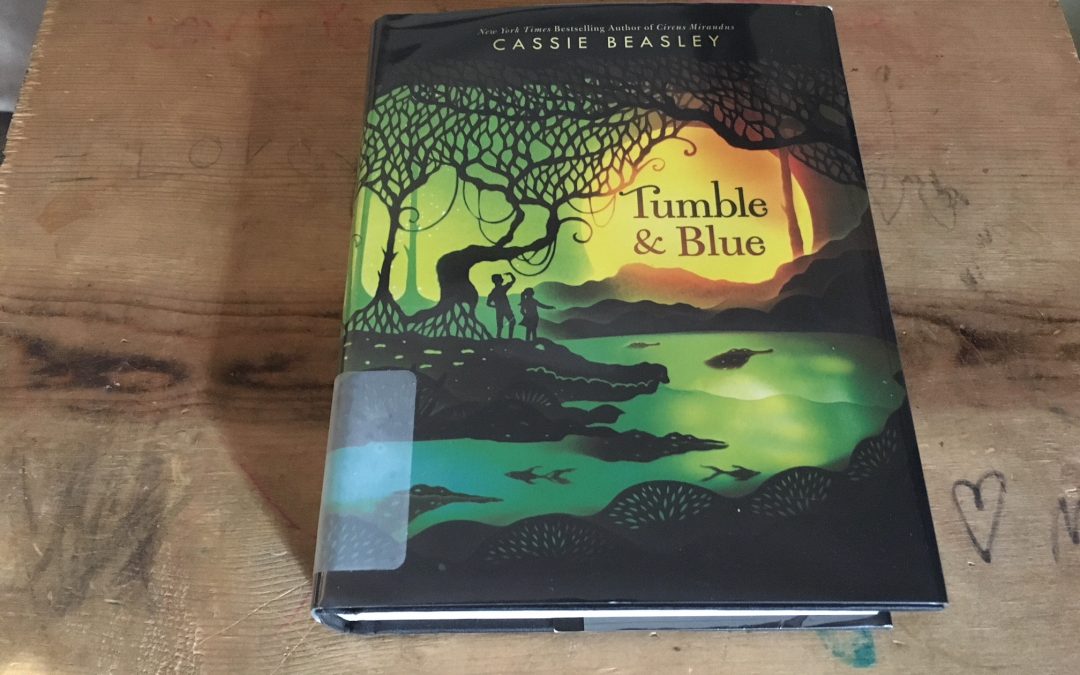
by Rachel Toalson | Books
I’ve been a big fan of Cassie Beasley’s middle grade books for a while, and it was with great anticipation and eager eyes that I picked up her latest release, Tumble and Blue.
This was a sweet middle grade story about friendship, fate, and sacrifices and included the point of view of an ancient creature of the bayou, which I found delightful.
Here are three things I enjoyed most about it:
- The characters. I loved Tumble and Blue. They both had emotional wounds, which made them three-dimensional and realistic, but they also had very distinct personalities—Tumble was the girl who wants to be a hero; Blue was the boy who always loses. What great irony to begin with. I also absolutely loved that they were a boy and a girl who could just be friends and nothing more.
- The concept. The story is based on the concept of fates—Blue’s family members are born with a particular fate that can be either good or bad, and in order to change that, they must track down a giant alligator called Munch on a red sickle moon. This concept gave the book the feel of a legend, and I enjoyed that immensely.
- The structure. The narrative was interrupted by sections written from the perspective of Munch. This introduced a sense of mystery and some tension while still propelling the story forward. And Beasley also used a bit of backstory that was relevant to the story in Munch’s excerpts. It was a great way to explain things in a way that felt natural, rather than forced.
The first line was intriguing enough to keep me reading. Here’s the first couple of sentences for you:
“From time to time, I bother to notice them.
“Tourists. They come reeking of their bug repellants and their sunscreens, and the clicker-snap of their cameras nibbles away at the song of the swamp until I wonder if they can hear it at all.
“In my memory, the humans who traveled the Okefenokee were a different sort. These new ones are less afraid. More curious. And, on the whole, they are quite a bit plumper.”
I absolutely loved the mystery and humor introduced in this first page of the novel.
Middle grade readers will love this tender tale of friendship and bravery.
The above is an affiliate link. I only recommend books that I personally enjoy. I actually don’t even talk about the books I don’t enjoy, because I’d rather forget I ever wasted time reading them. But if you’re ever curious whether I’ve read a book and whether I liked or disliked it, don’t hesitate to ask.
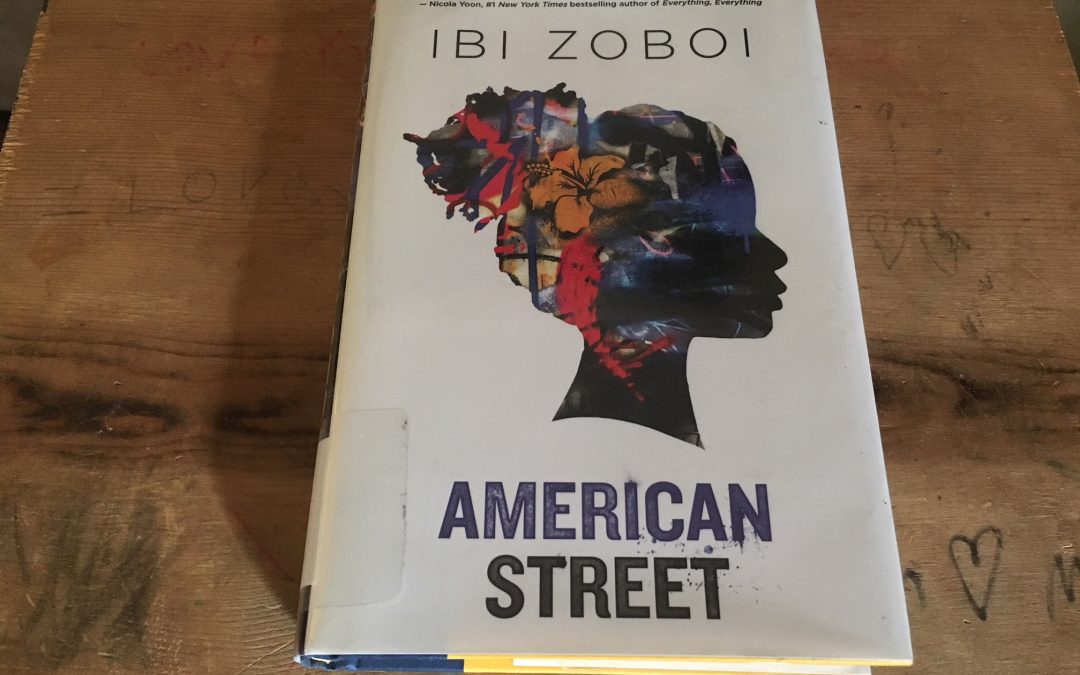
by Rachel Toalson | Books
I’d been hearing a lot of talk about Ibi Zoboi’s American Street, and I finally, after waiting for months, got it off the hold shelf in our library.
All that talk was true: American Street is a truly spectacular book that will entrance you, bring you to tears, and lift you to a higher place than where you started. At its heart, it’s a book about Haitian culture, drug life, and bravery.
Here are three things I liked best about it:
- The Haitian culture. I absolutely loved how main character Fabiola brought the Haitian culture into everything and how voudou, her faith, was the source of her strength.
- Strong women. Fabiola and her cousins were strong women who solved their own problems, even though they didn’t always make the right decisions or even honorable ones. I also really loved the insight into Detroit culture that Zoboi provided; it was an eye-opening peek into the truth of street life, particularly for young women.
- The mystical quality of everything. Because voudou, which is the Haitian religion, was so important to Fabiola, it seemed like everything in her life was infused with the mystical and the magical. I found that really intriguing. And inspired a look at my own everyday magic.
Here’s an example of how Fabiola infuses her everyday actions with the mystical:
“When I get a better look at his face, my stomach sinks. He’s definitely the one who punched Bad Leg. He looks younger up close, but older than me—maybe Chantal’s age. There is a black patch over his left eye and his face is a series of sharp lines—a tight jaw, a straight nose, and a hard smile. Even if I hadn’t seen him do that to the poor old man, something about the way he grins and that eye patch makes him look like he’s been to the underworld and back.”
This was a superb book (I feel like I keep saying that, but it’s true): a well written, gripping story about what it takes to live a life as an immigrant, coming to a broken place in America that may not be as safe as even your dangerous homeland. I can’t wait to read more from Zoboi.
The above is an affiliate link. I only recommend books that I personally enjoy. I actually don’t even talk about the books I don’t enjoy, because I’d rather forget I ever wasted time reading them. But if you’re ever curious whether I’ve read a book and whether I liked or disliked it, don’t hesitate to ask.
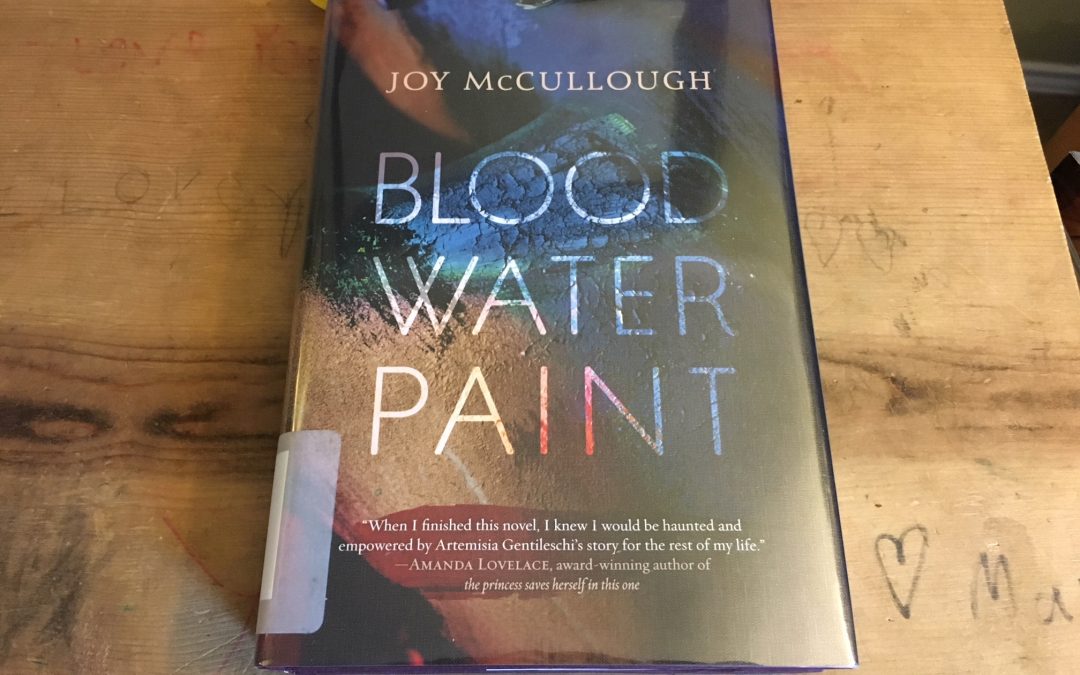
by Rachel Toalson | Books
As I’ve stated before, I’ve been working my way through novels in verse, and Joy McCullough’s Blood Water Paint was one I’d been eagerly anticipating for a while. It just released this year and is a phenomenal book based on the life of painter Artemisia Gentileschi, who lived during a time when women were not recognized for their art and were, in fact, stifled in their art.
This was such a lovely book that it’s difficult not to go on and on about its language and its structure and its beautiful yet difficult narrative.
Here are three things I enjoyed most about it:
- The strong character. Artemisia was a strong woman living during a time when women weren’t supposed to be strong. She also had a talent that was highly desired in her community, which means she painted many things but did not get credit for it—because this was the reality for a woman during her time period. I hated this but also loved it, because it was a good window into the history from which we come.
- The painting. Many of the poems in this book shared the emotional elements of painting, and I really loved that. The poems were spectacular in communicating how important painting was to Artemisia.
- The structure. Not only was the poetry in this book compelling and lyrically satisfying, but it was also interrupted by stories Artemisia’s mother had told her about Susanna and Judith, strong women in their time, and whom Artemisia would paint at different times in her life.
Fans of novels in verse will love the beautiful language and sparse prose and the way they are woven together. Blood Water Paint was an incredibly powerful book.
The above is an affiliate link. I only recommend books that I personally enjoy. I actually don’t even talk about the books I don’t enjoy, because I’d rather forget I ever wasted time reading them. But if you’re ever curious whether I’ve read a book and whether I liked or disliked it, don’t hesitate to ask.
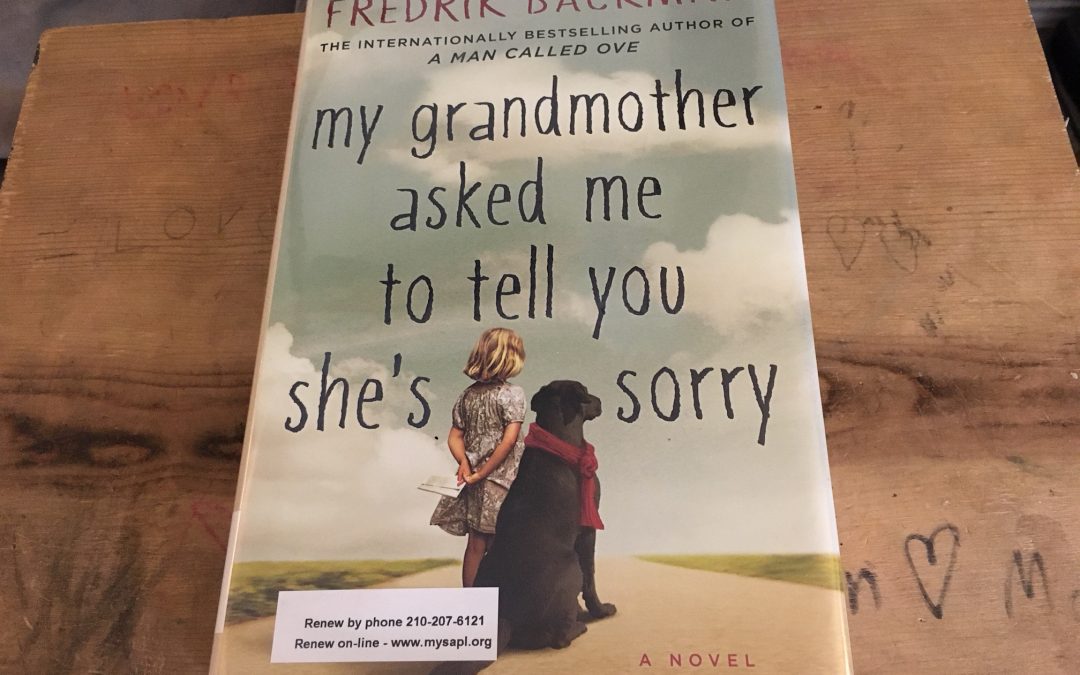
by Rachel Toalson | Books
Once again, here I am raving about Fredrik Backman. I have become a superfan of his, after reading A Man Called Ove, and, now, My Grandmother Asked Me to Tell You She’s Sorry.
This book. How do I even begin? Funny, charming, heartbreaking, hopeful, sweet are just a few of the things I’d say about it. It’s a story about a little girl, a dog, and a spunky grandmother.
Backman has a gift for telling the kind of stories that will remain in your heart and mind long after you’ve finished it. This one is yet another that fills my thinking space of late.
Here are three things I enjoyed most about it:
The personalities. Backman has a way with characters. It’s like he studies human nature at length, and then he brings those characters to life on the page. They are so wonderfully tragic and funny—which describes the book as well.
The story. This story was, at its heart, about the redemption of an old woman who had worked so much that she was not considered a good mother to her daughter—but there was a reason, of course, for why she did what she did. (You’ll have to read it to find out the reason.)
The imagination. Elsa’s grandmother would tell her stories about the fictional Land-of-Almost-Awake, and these stories corresponded to other characters and things that were happening in the overarching storyline. It was an interesting and engaging technique that I thought added to the overall charm of the book—which, to repeat, was completely off the charts.
Here’s a snippet of the book’s opening:
Every seven-year-old deserves a superhero. That’s just how it is. Anyone who doesn’t agree needs their head examined.
That’s why Elsa’s granny says, at least.
Elsa is seven, going on eight. She knows she isn’t especially good at being seven. She knows she’s different. Her headmaster says she needs to “fall into line” in order to achieve” a better fit with her peers.” Other adults describe her as “very grown-up for her age.” Elsa knows this is just another way of saying “massively annoying for her age,” because they only tend to say this when she corrects them for mispronouncing “deja vu” or not being able to tell the difference between “me” and “I” at the end of a sentence. Smartasses usually can’t, hence the “grown-up for her age” comment, generally said with a strained smile at her parents. As if she has a mental impairment, as if Elsa has shown them up by not being totally thick just because she’s seven. And that’s why she doesn’t have any friends except Granny. Because all the other seven-year-olds in her school are as idiotic as seven-year-olds tend to be, but Elsa is different.
I love this so much I want to go read it again.
And maybe I will.
The above is an affiliate link. I only recommend books that I personally enjoy. I actually don’t even talk about the books I don’t enjoy, because I’d rather forget I ever wasted time reading them. But if you’re ever curious whether I’ve read a book and whether I liked or disliked it, don’t hesitate to ask.
by Rachel Toalson | Books
My boys absolutely love graphic novels. So when I discovered Raina Telgemeier and her wonderful graphic novels, I knew I needed to introduce my boys to her. Every single time we go to the library, they now come home with at least one Telgemeier book, even though they’ve already read them all. Multiple times.
A good friend of mine had the opportunity to see Telgemeier in person and mailed us a fabulous autographed copy of Smile, which my boys thought was the coolest thing. They took turns taking it to school and showing it off to their friends.
I love that Telgemeier gets them reading.
Smile is a story about a girl who learns to love herself.
Here are three things I liked most about it:
- It has great pictures. Telgemeier is a fantastic illustrator, and the way her words interact with her pictures not only helps young readers remain engaged with the story (even if they’re boys and not girls), but it also keeps them reading it again and again, noticing new things every time they do. I love this about the book.
- It’s a quick read. My 7-year-old is a fast reader, but he really prefers the books that seem long but that he can finish in practically no time at all. He’s read Smile a total of five times in the last week, and he’s begun challenging his older brothers to a race.
- It has a sweet story. This story was akin to a graphic memoir; it was about a tricky time in the author’s life when she knocked out her front teeth—tricky because it was right when she started middle school, and the repairs to her teeth lasted all the way into high school. Looks are important in those time periods (if the culture is to be believed), but Raina learned to see inside herself and love herself for who she was, rather than how she looked—busted up teeth and all.
Overall, this was a fantastic read, and I’m glad my boys are reading and re-reading it, because it’s a message that needs to sink deep: Love yourself, as you are.






